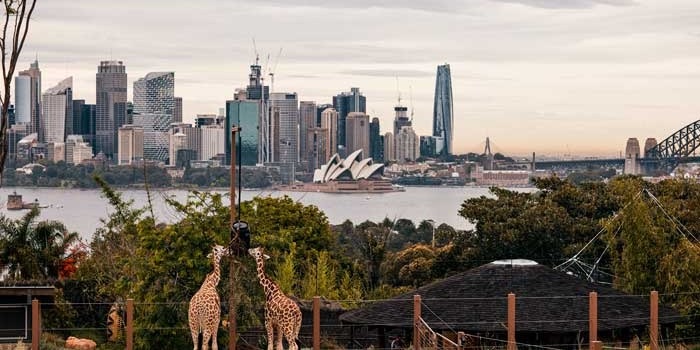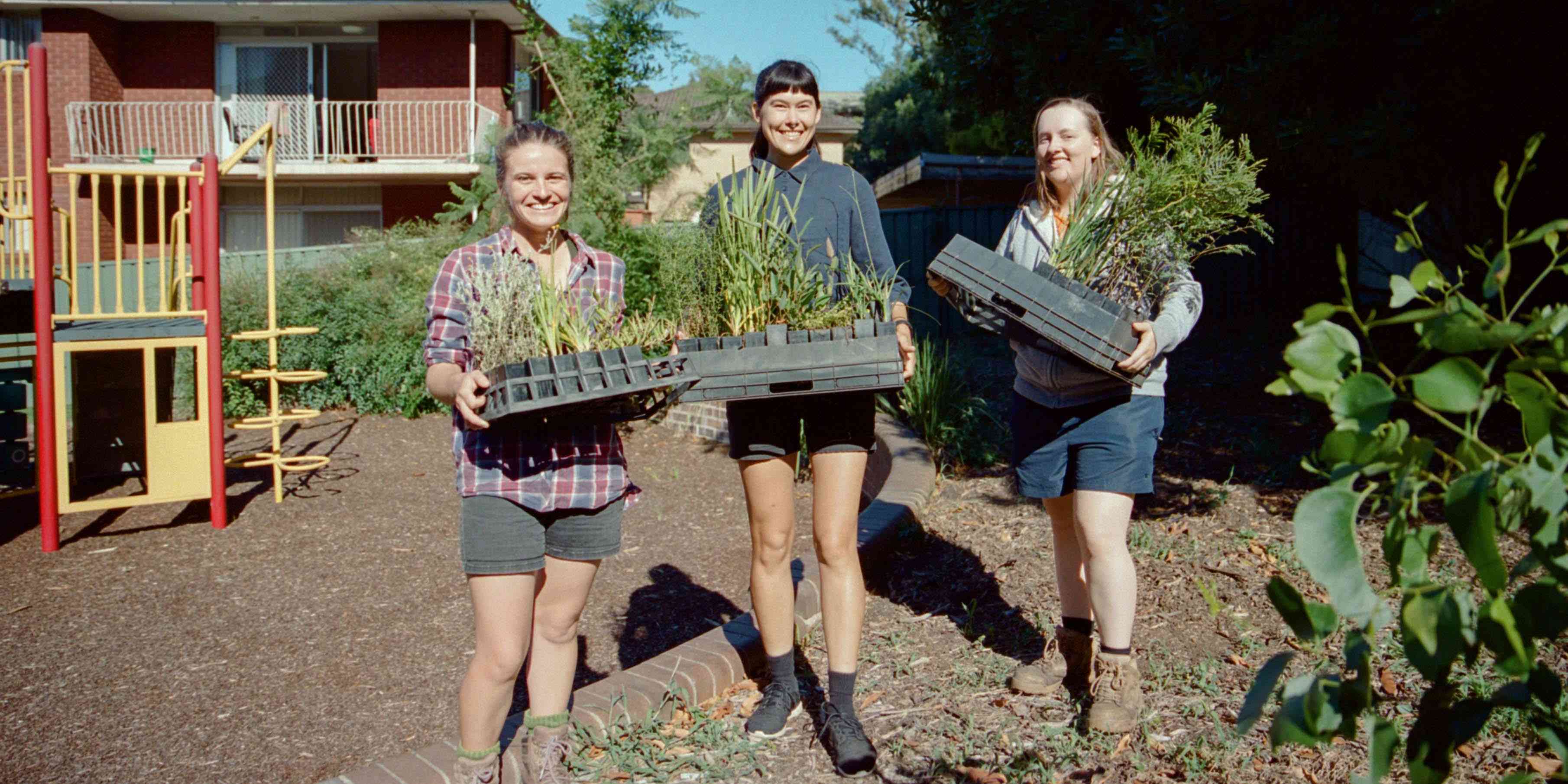About this case study
Extreme temperature
Government, businesses
Climate smart design
Find out how Albury City Council is protecting internet and phone services from extreme heat with an innovative solution
Heat-related failures were occurring on an average of twice a year, but by 2030 the Albury region is projected to swelter through as many as five extra days of temperatures above 40 degrees.
By upgrading the cabinet casings at four remote IT transmissions stations, Council has safeguarded internet and phone services across 22 critical sites, including the airport, water filtration plant, waste management facility and emergency management centre.
Since modifying our cabinets, we haven’t had a heat-related outage. The solution has been very effective.
Four IT transmission stations – giant dishes that sit on the hills surrounding Albury and Wodonga – support phone and internet services for nearly 50,000 people.
“Twenty years ago, when we first installed the network, each cabinet casing was just an iron box on a pole. Since then, demand for technology has grown, it has become more sophisticated and more sensitive to heat,” explains Alan McFarlane, Albury City Council’s IT Network Administrator.
Equipment failures on hot days can have serious consequences, grounding planes, stopping IT systems at waste and water treatment facilities, and preventing emergency services and first responders from doing their jobs
So, Council’s IT team designed, manufactured and installed new heat-resistant cabinets.
This project has reduced the vulnerability of essential IT systems during extreme heat. Airport operations, water and wastewater, not to mention local businesses, can continue to function.
- Stuart Ross, Team Leader, Albury City Council
Each of the new cabinets at the transmission stations now feature cooling fans that are activated when the internal temperature reaches 38 degrees. The cabinets have also been powder-coated in a reflective colour to reduce heat retention. Auxiliary power generators ensure the stations can continue to operate in the event of a network power failure.
“The colour of the equipment is important, as beige reduces heat,” explains Alan. “We’ve applied this knowledge to repaint other critical infrastructure, like our CCTV system in the main street of Albury. Poles that were originally a dark blue have been resprayed a light colour – and that has made a big difference to their efficiency in extreme heat.”
While most climate adaptation projects are focused on environmental benefits, Stuart Ross, Albury City Council’s Team Leader, points out that this project delivered immediate financial benefits.
“Managing and reusing waste is one of Council’s revenue sources– and without our IT systems our waste management facility wouldn’t operate effectively. This project ensures our services stay up and running, even in the most extreme heat,” Stuart says.
Since the project was completed in 2015, not one heat-related outage has occurred, despite Albury-Wodonga posting its hottest day on record, 46.1 degrees, in January 2020.
“As temperatures do rise, our IT systems are ready. The whole project has been very successful,” Alan concludes.
This project was proudly funded by the NSW Government with support from Local Government NSW.



